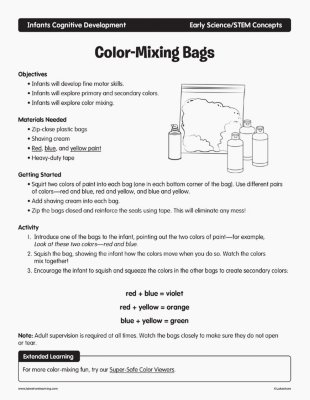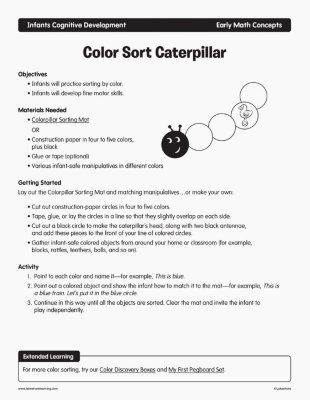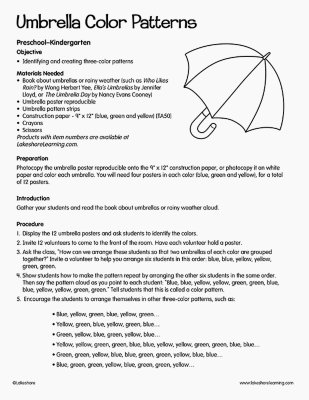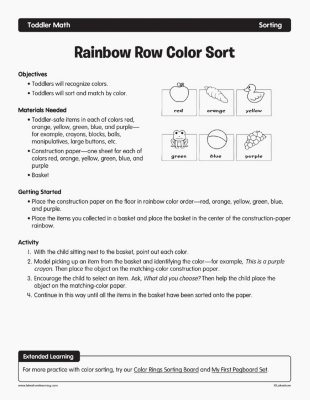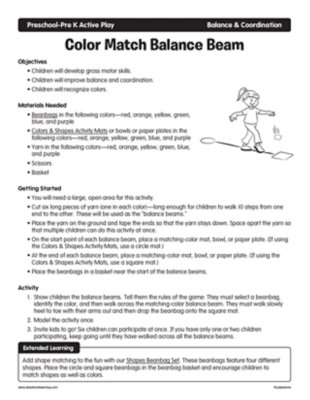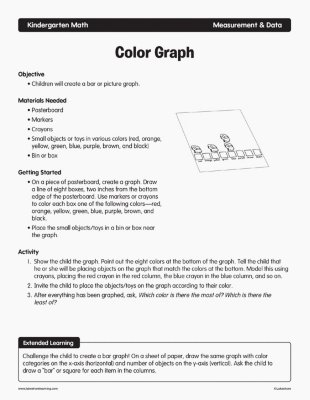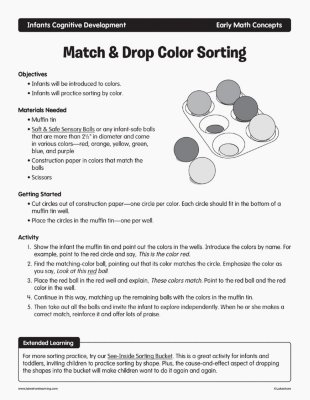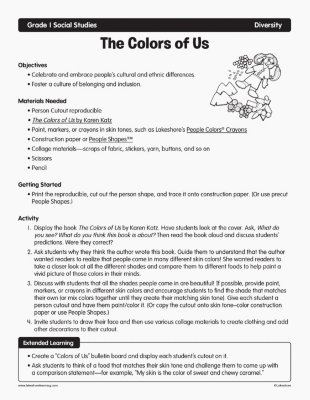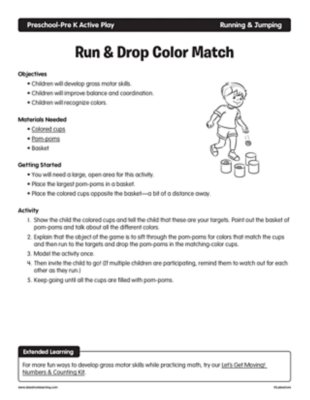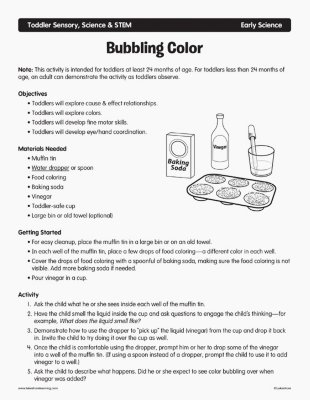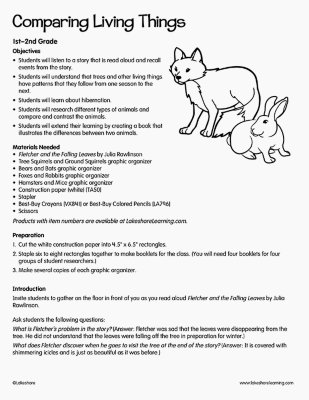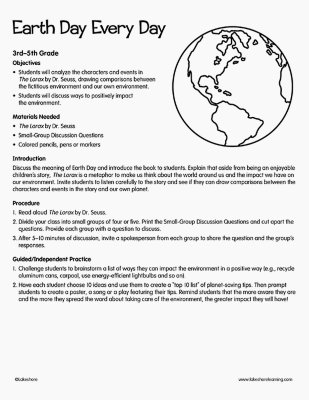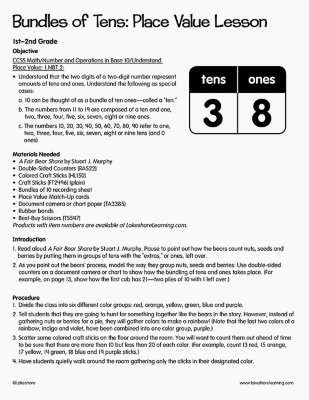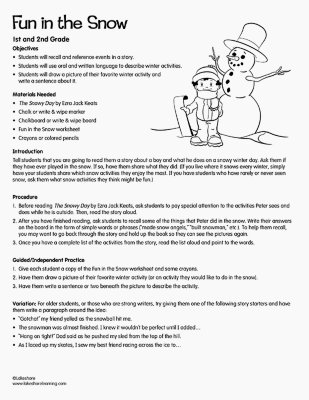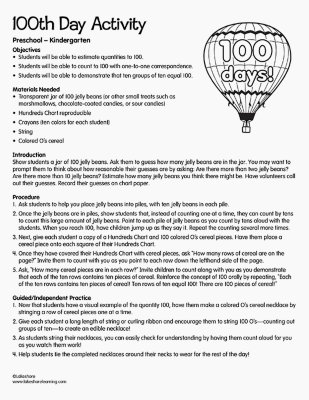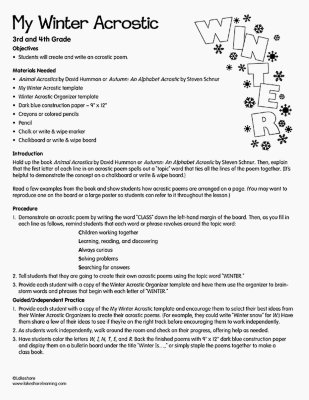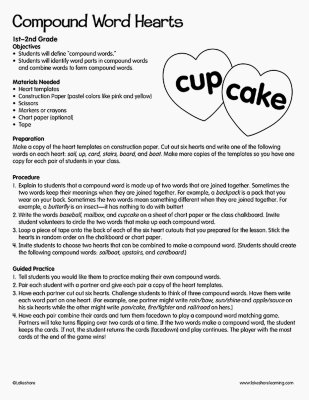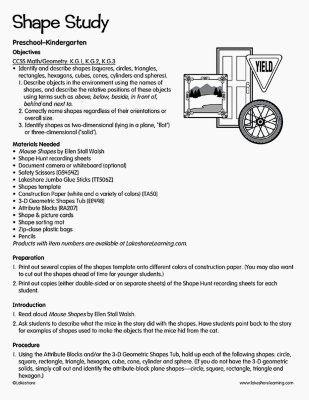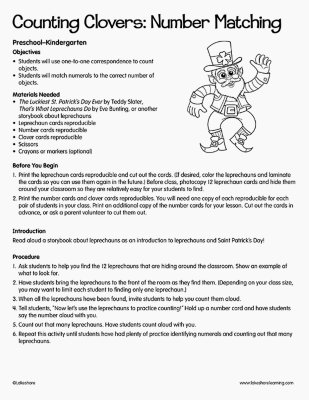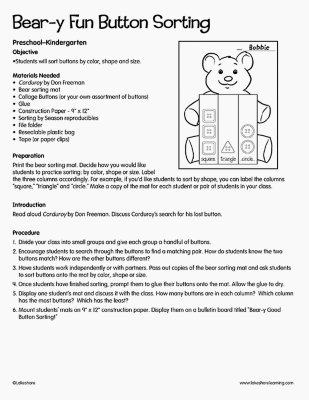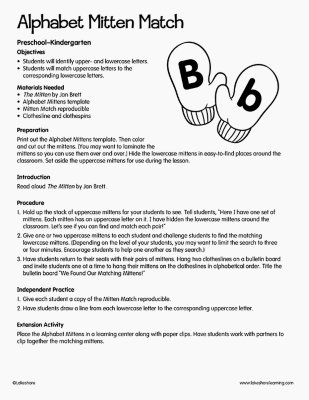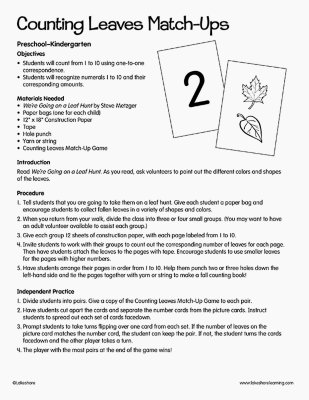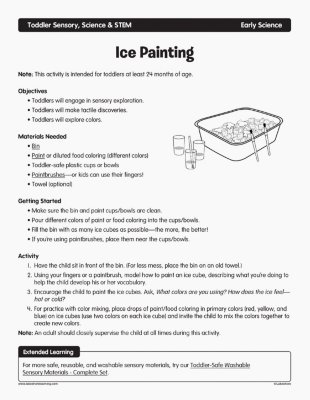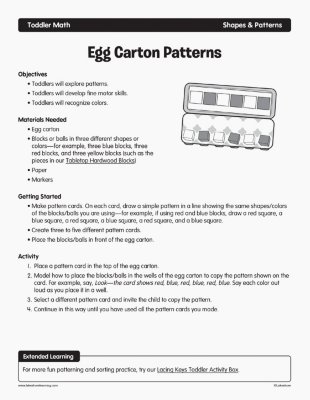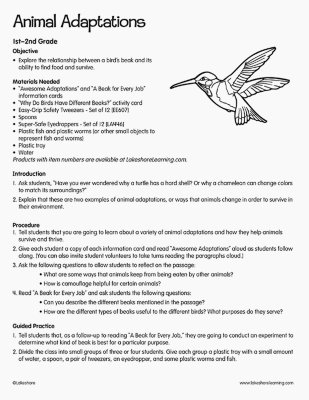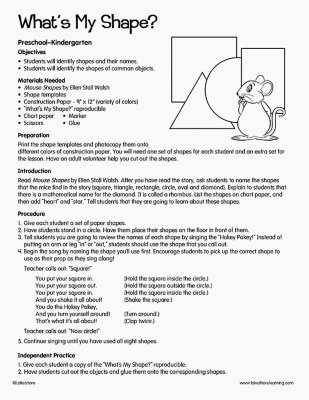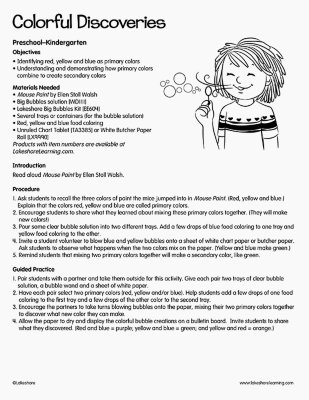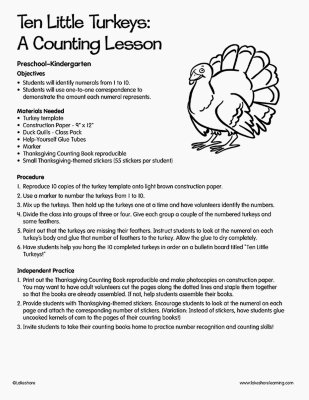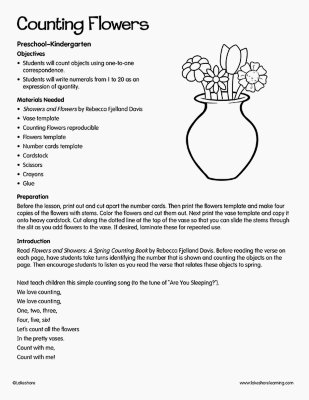Narrow by Grade
Grade
29 results for "colored"
Objectives
• Infants will develop fine motor skills.
• Infants will explore primary and secondary colors.
• Infants will explore color mixing.
Objectives
• Infants will practice sorting by color.
• Infants will develop fine motor skills.
Objectives
• Toddlers will recognize colors.
• Toddlers will sort and match by color.
Objectives
- Children will develop gross motor skills.
- Children will improve balance and coordination.
- Children will recognize colors.
Objectives
• Infants will be introduced to colors.
• Infants will practice sorting by color.
Objectives
- Celebrate and embrace people’s cultural and ethnic differences.
- Foster a culture of belonging and inclusion.
Objectives
- Children will develop gross motor skills.
- Children will improve balance and coordination.
- Children will recognize colors.
Objectives
Toddlers will explore cause & effect relationships.
Toddlers will explore colors.
Toddlers will develop fine motor skills.
Toddlers will develop eye/hand coordination.
Objectives
• Toddlers will engage in sensory exploration.
• Toddlers will make tactile discoveries.
• Toddlers will explore colors.
Objectives
• Toddlers will develop fine motor skills.
• Toddlers will recognize colors.
Objectives Identifying red, yellow and blue as primary colors Understanding and demonstrating how primary colors combine to create secondary colors Materials Needed Mouse Paint by Ellen Stoll Walsh Big Bubbles solution Lakeshore Big Bubbles Kit Several trays or containers (for the bubble solution) Red, yellow and blue food coloring Unruled Chart Tablet or White Butcher Paper Roll Introduction Read aloud Mouse Paint by Ellen Stoll Walsh.
View Lesson Plan